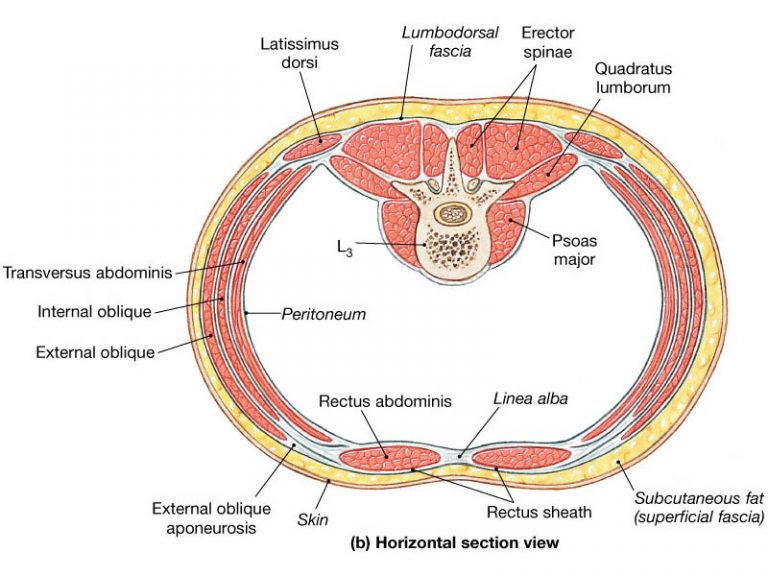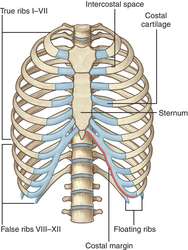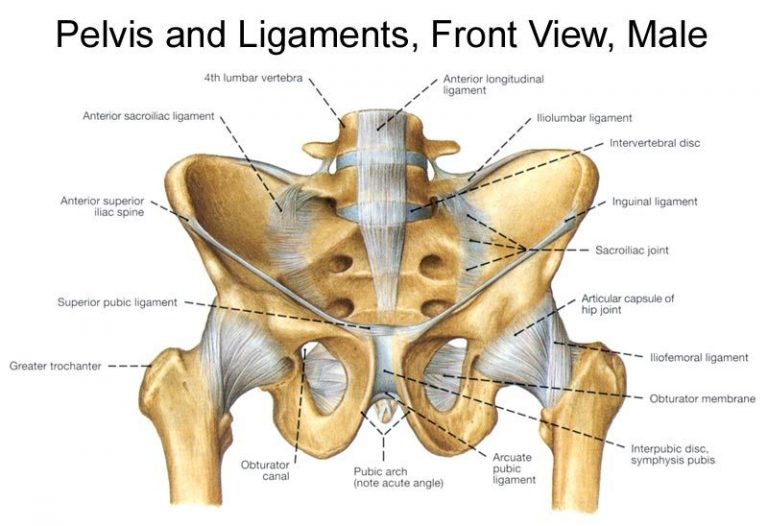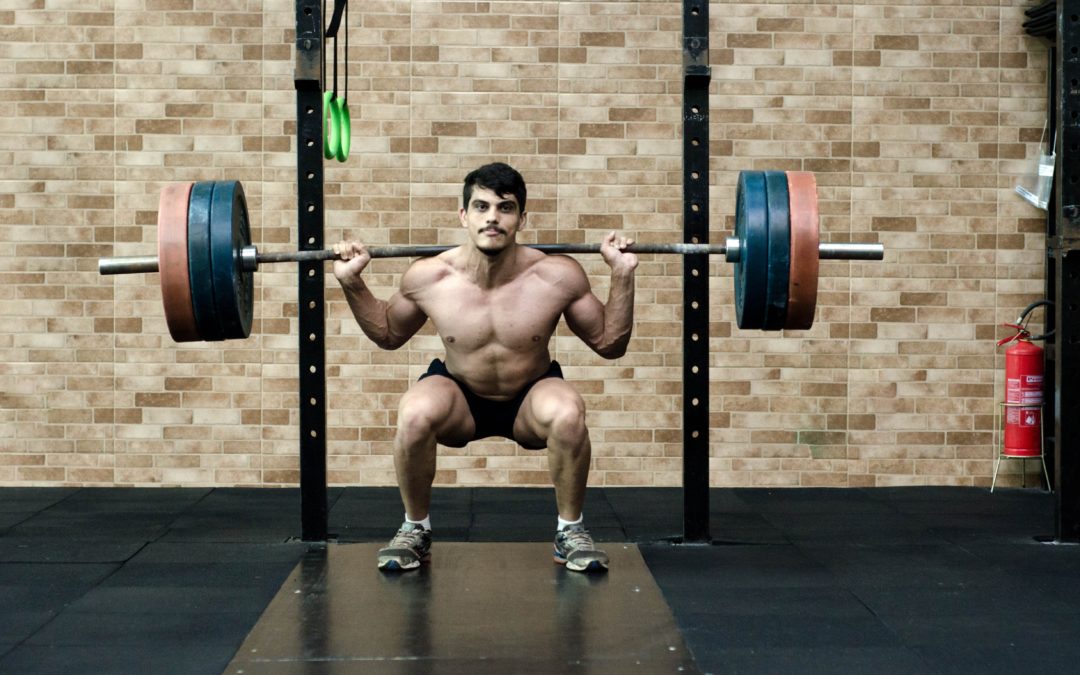Part 2 – General Low Back Pain
Low back pain (LBP) is the number 1 most common orthopedic issue treated by physical therapists and seen by sports medicine physicians. This is an extremely common problem, as the lifetime prevalence of LBP is upwards of 70%! This suggests that up to 70% of the population have, at some point in their life, experienced LBP. Furthermore, most people who experience activity-limiting LBP go on to have recurrent episodes. Estimates of recurrence at 1 year vary, but studies suggest these numbers may be as high as 80%. LBP causes more global disability than any other condition. This is the leading cause of activity limitation and work absence throughout much of the world, imposing a high economic burden on individuals, families, communities, industry, and governments.
Let that sink in for a bit. LBP is a pandemic, experienced at some point by the majority of the population, which limits people from performing their activities at work and their activities of daily living. These activities primarily include, lifting, carrying, squatting, pressing, pulling, reaching, and prolonged positioning. So, it makes sense, when training for health and injury prevention, to use these movements in your training and to perform them well. It would not be a stretch to suggest that repeatedly performing these movements incorrectly, or not being conditioned appropriately to handle the stressors of these movements, can generate the symptoms of LBP.
Let’s take a brief look into the anatomy of the lower back as it relates to the regions above and below. The lumbar spine is made up of 5 boney segments, otherwise known as vertebrae. These vertebrae are separated by gelatinous discs that absorb shock and allow considerable flexibility. If you look at the cross section of this area below, you will see the spine is not in the middle of the body. It resides along the back side. Leaving considerable surface area to be supported by the residing musculature.

The body region immediately above the lower back is the thorax. The thorax consists of the 12 thoracic vertebrae with their coinciding discs, and a rib on either side that wraps around the body connecting to the sternum or the surrounding cartilage. Some of these ribs do not connect, but still provide support and protection for the organs housed within. Though mobile, the thoracic spine provides considerable stability due to the its circumferential distribution.

The body region directly below the lower back is called the pelvis. The lumbar spine sits directly atop the sacrum, which is 5 boney vertebrae fused together to create a triangular structure. Connecting to the sacrum are the remaining pelvic bones that, much like the thorax, create a ring and attach together in the front of the body. Each articulation is supported by a network of ligaments that prohibits any substantial movement. These bones are also referred to as the hip bones because the femur articulates with them as well.

Considering the anatomy, one can’t help but appreciate the juxtaposition of the lumbar spine as it relates to the adjacent body regions. The lumbar spine is an inherently mobile, and relatively unstable, area of the body. The thorax and pelvis have some of the largest muscles of the body (Latissimus Dorsi and Gluteus Maximus respectively) as well as some of the strongest inert tissues (Sacroiliac Ligament, and the Y-ligament). It makes sense that low back pain is a very common problem, and the number 1 most treated orthopedic condition.
So how may conventional powerlifting training help?
Well, first consider the seven most trained movements within the sport (i.e. squat, bench, deadlift, overhead press, pull-up, carry, and bent over row). These emulate functional tasks that we perform daily, tasks that my patients complain they cannot do well without pain (i.e. picking up objects, carrying child or briefcase, standing or sitting to various surfaces, lifting and reaching into cabinets overhead, pushing open doors, etc.).
Next, consider that strength is the primary objective for powerlifters. That means that it would be in the competitors’ best interest to use muscles that have a greater ability to produce force. The glutes, being incredibly stronger than any muscle spanning the lumbar spine, create motion at the inherently stable hip joint. In this sport it is encouraged to exhaust the range of motion utilized from these joints and to mitigate motion from the lower back in an effort to produce the most force and move through heavier resistances. This requires incredible strength and control of core musculature and the ability to disassociate the hip from the lumbar spine during movement; two attributes that most physical therapists will be assessing and improving on most of their LBP patients.
Lastly, lets look at the identified modifiable risk factors for low back pain; occupational posture, depressive moods, and obesity. That means these attributes are the risk factors somewhat without our control to modify in an effort to alleviate or avoid LBP. Exercise in general is effective at modifying mood by releasing endorphins, increasing serotonin, and normalizing sleep. Exercise is also effective at combating obesity, though powerlifting specific training may have the capacity to burn more calories per time spent training. This is in comparison to other styles of training that do not address multiple muscle groups and body regions simultaneously with little, if any, external support. Furthermore, body weight is an important factor considered when determining the best lifter in a powerlifting competition which may require athletes to manage their weight to remain competitive.
How do I get started?
Sold already, but don’t know where to start? No worries! I have posted directories below that will point you in the right direction so you can find skilled practitioners in your area.
Masi Fitness – If you’re local to the Charlotte Area, stop on in! I have been helping strength-sport athletes overcome various injuries and return to training and competition for over 5 years. This is including Powerlifting, Bodybuilding, Strongman, Olympic Weightlifting, Crossfit, as well as recreational and youth athletes. Feel free to peruse this blog, or download any of our e-books for some more FREE, quality, information on how to improve your lifts and ways to work around common aches and pains.
APTA Specialist Directory – This is the directory for the American Board of Physical Therapy Specialties (ABPTS). There are options to search within each specialty. An orthopedic specialist would be able to help best with nagging aches and pains and help get you back to sport specific training. A sport specialist may help you overcome, manage, or avoid injury within your sport. Some Sport Specialists have a subspecialty with a specific sport, or set of sports.
The Clinical Athlete – This is a directory of healthcare providers that happen to be athletes themselves. Again, you can search by location and filter for specific providers. Peruse each providers website to see who is the best fit for you.
RSCC Registry – This is a directory of Strength and Conditioning Specialists that are registered with the National Strength and Conditioning Association (NSCA). This directory allows you to filter by location and search based on years of experience. Peruse this directory to find a Strength and Conditioning Specialist in your area.
Author: Dr. Michael Masi
Masi Fitness, LLC
IG: @Masi_Fitness

